Hay Mulch: The Ultimate Guide To Using Hay As Mulch In Your Garden
Introduction
Hay mulch is a great way to improve the health and productivity of your garden. It can help to conserve moisture, suppress weeds, and improve the soil structure. Hay mulch is also relatively inexpensive and easy to apply.
In this blog post, we will discuss the benefits of using hay mulch, how to choose the right type of hay, and how to apply hay mulch to your garden.
Benefits of Hay Mulch
Hay mulch offers a number of benefits for gardens, including:
- Conserves moisture: Hay mulch helps to keep the soil moist, which is especially important during hot, dry weather. This can help to reduce your irrigation needs and prevent your plants from wilting.
- Suppresses weeds: Hay mulch creates a physical barrier that prevents weeds from germinating. This can help to reduce the amount of time you spend weeding, and it can also help to improve the air circulation around your plants.
- Improves soil structure: Hay mulch helps to improve the soil structure by adding organic matter and breaking down into humus. This can help to improve the drainage and aeration of the soil, which can benefit plant growth.
- Attracts beneficial insects: Hay mulch can attract beneficial insects, such as ladybugs and lacewings, which help to control pests.
- Provides winter protection: Hay mulch can help to protect plants from the cold during the winter. This is especially important for tender plants that are not cold-hardy.
Choosing the Right Type of Hay
Not all hay is created equal. Some types of hay are better suited for mulching than others. When choosing hay mulch, you should look for hay that is free of weeds and seeds. You should also avoid hay that has been treated with pesticides or herbicides.
Some good types of hay for mulching include:
- Timothy hay
- Orchard grass hay
- Alfalfa hay
- Bermuda grass hay
Applying Hay Mulch
Hay mulch can be applied to gardens in a variety of ways. The most common method is to spread the hay mulch evenly over the soil surface. The thickness of the hay mulch layer will depend on the type of plants you are growing and the climate in your area.
For most plants, a 2- to 3-inch layer of hay mulch is sufficient. However, you may need to apply a thicker layer of hay mulch for plants that are prone to drought or cold weather.
When applying hay mulch, it is important to spread it evenly so that it does not smother the plants. You should also avoid applying hay mulch too close to the stems of plants, as this can promote rot.
Conclusion
Hay mulch is a great way to improve the health and productivity of your garden. It is relatively inexpensive and easy to apply, and it offers a number of benefits, including moisture conservation, weed suppression, and soil improvement.
If you are looking for a way to improve your garden, I encourage you to try using hay mulch. You won't be disappointed!
Hay mulch is a great way to improve the health and appearance of your garden. It helps to retain moisture, suppress weeds, and attract beneficial insects. If you're interested in learning more about hay mulch, I recommend visiting the Home Gardening.
FAQ of hay mulch
What is hay mulch?
Hay mulch is a type of organic mulch made from dried grass or other plants. It is commonly used in gardens and landscape beds to suppress weeds, retain moisture, and improve soil health.
What are the benefits of using hay mulch?
Hay mulch has many benefits, including:
- Suppressing weeds: Hay mulch creates a physical barrier that prevents weeds from germinating.
- Retaining moisture: Hay mulch helps to keep the soil moist, which is especially important in hot, dry climates.
- Improving soil health: Hay mulch breaks down over time, adding nutrients and organic matter to the soil.
- Attracting beneficial insects: Hay mulch can attract beneficial insects, such as ladybugs and lacewings, which help to control pests.
What are the drawbacks of using hay mulch?
Hay mulch has a few drawbacks, including:
- It can attract rodents and other pests.
- It can harbor weed seeds.
- It can be difficult to apply evenly.
- It can blow away in windy conditions.
How to apply hay mulch?
To apply hay mulch, spread it evenly over the soil surface. The depth of the mulch should be about 2-3 inches. Be sure to water the mulch after applying it to help it settle.
What type of hay is best for mulch?
The best type of hay for mulch is hay that is free of weeds and other contaminants. Alfalfa hay is a good choice because it is high in nutrients and breaks down relatively quickly. Timothy hay is another good option.
How often should I reapply hay mulch?
Hay mulch breaks down over time, so it will need to be reapplied periodically. The frequency of reapplication will depend on the type of hay you use and the climate in your area. In general, you should reapply hay mulch every 1-2 years.
Image of hay mulch
- A pile of hay mulch in a garden bed.
- A close-up of hay mulch covering the soil around a plant.
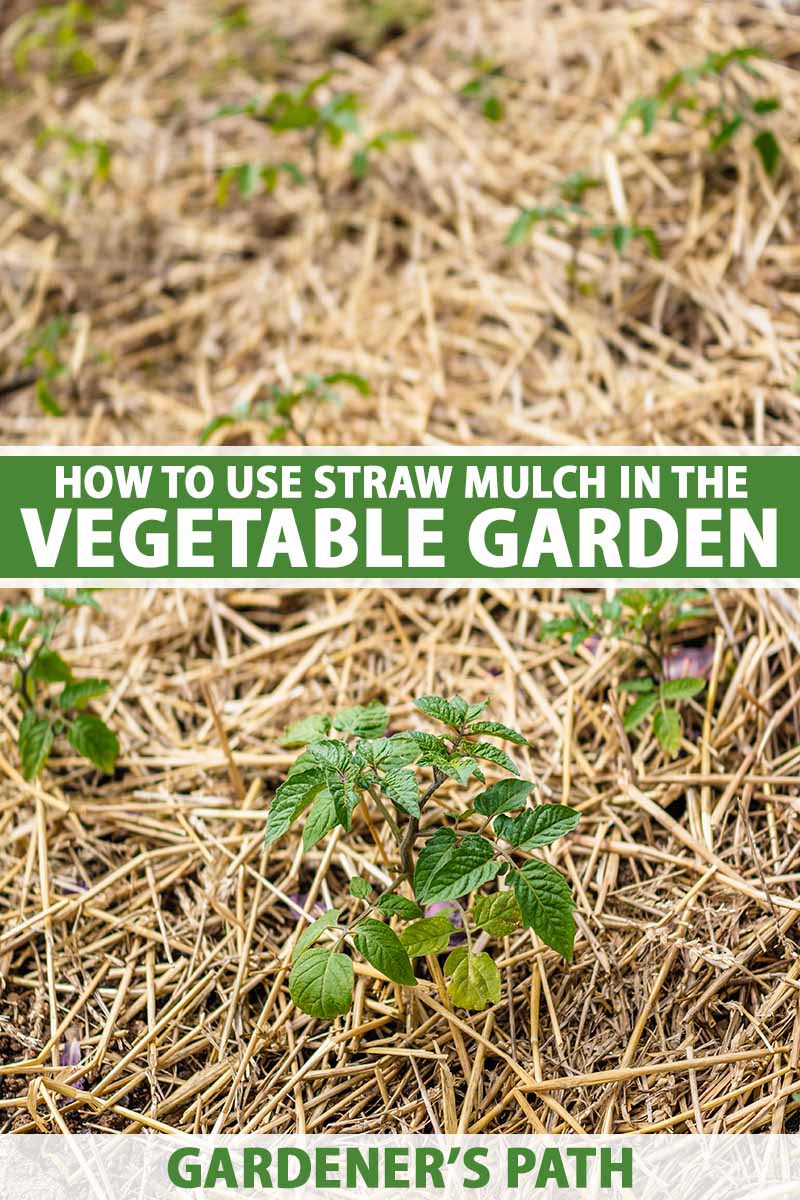
- A hay mulch path leading through a garden.
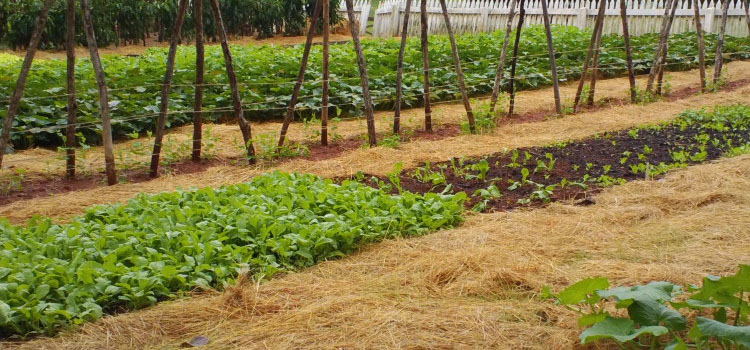
- A hay mulch border around a flower bed.
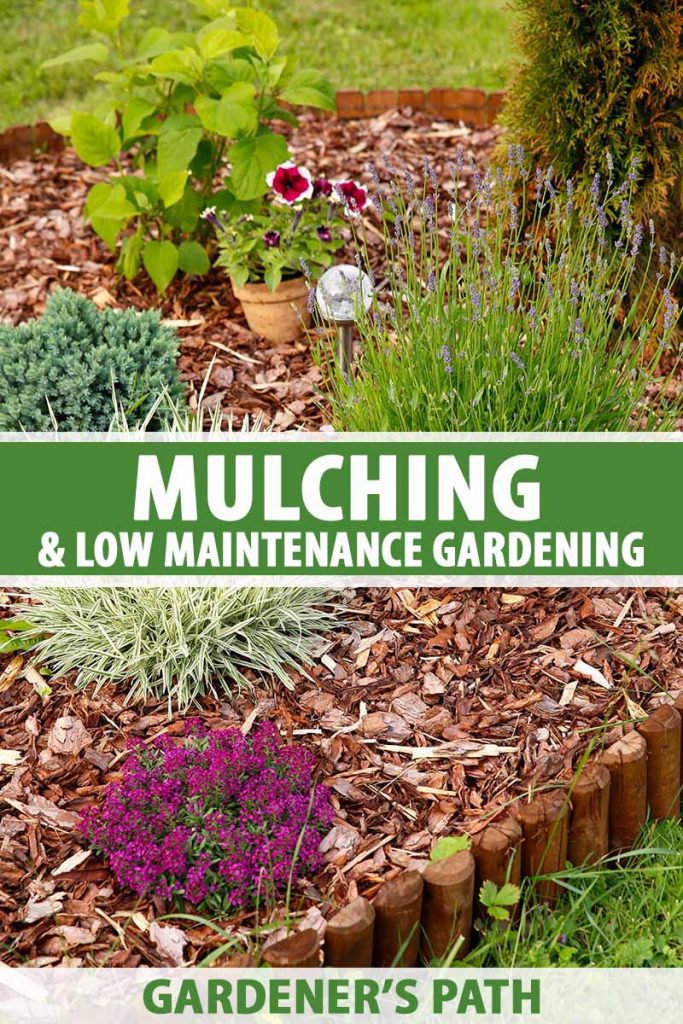
- A hay mulched vegetable garden.
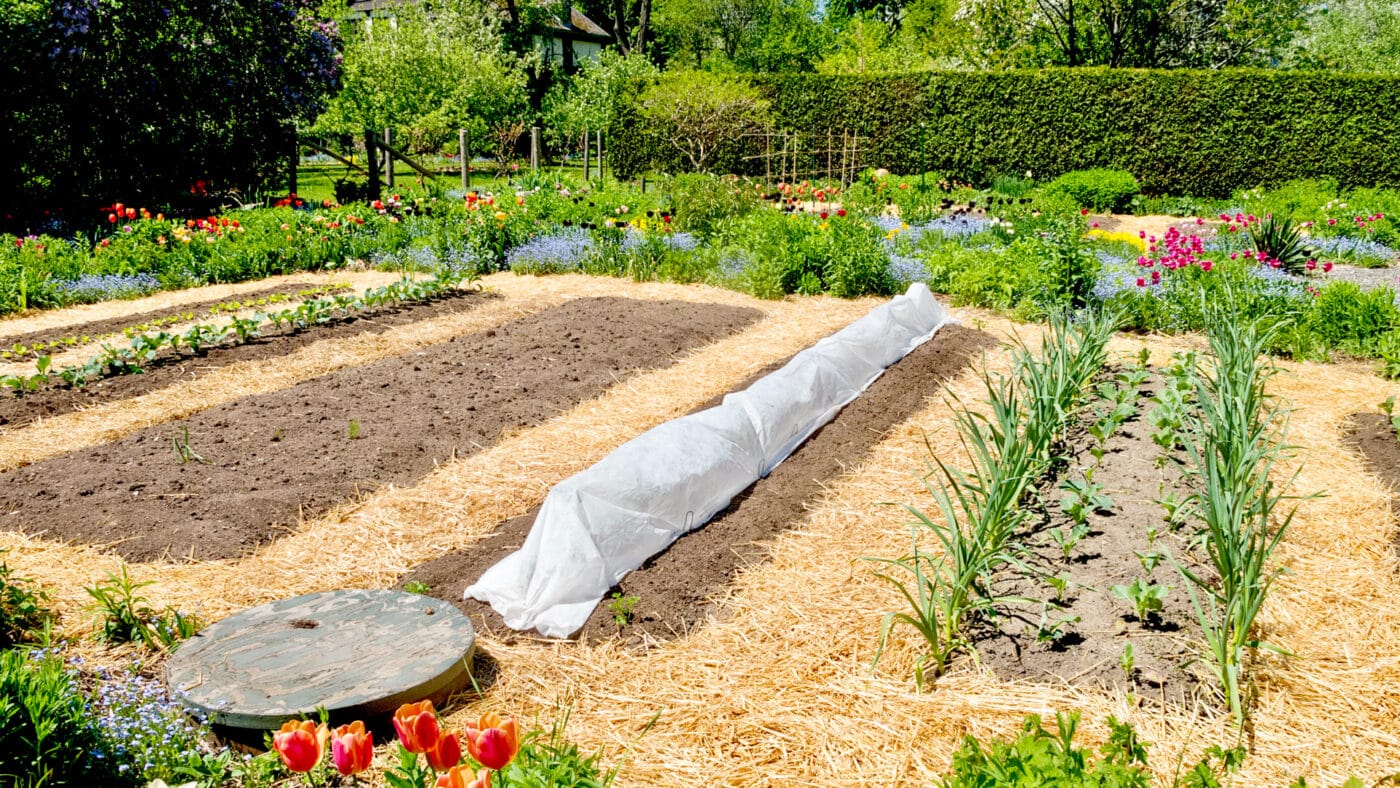
- A hay mulched strawberry bed.
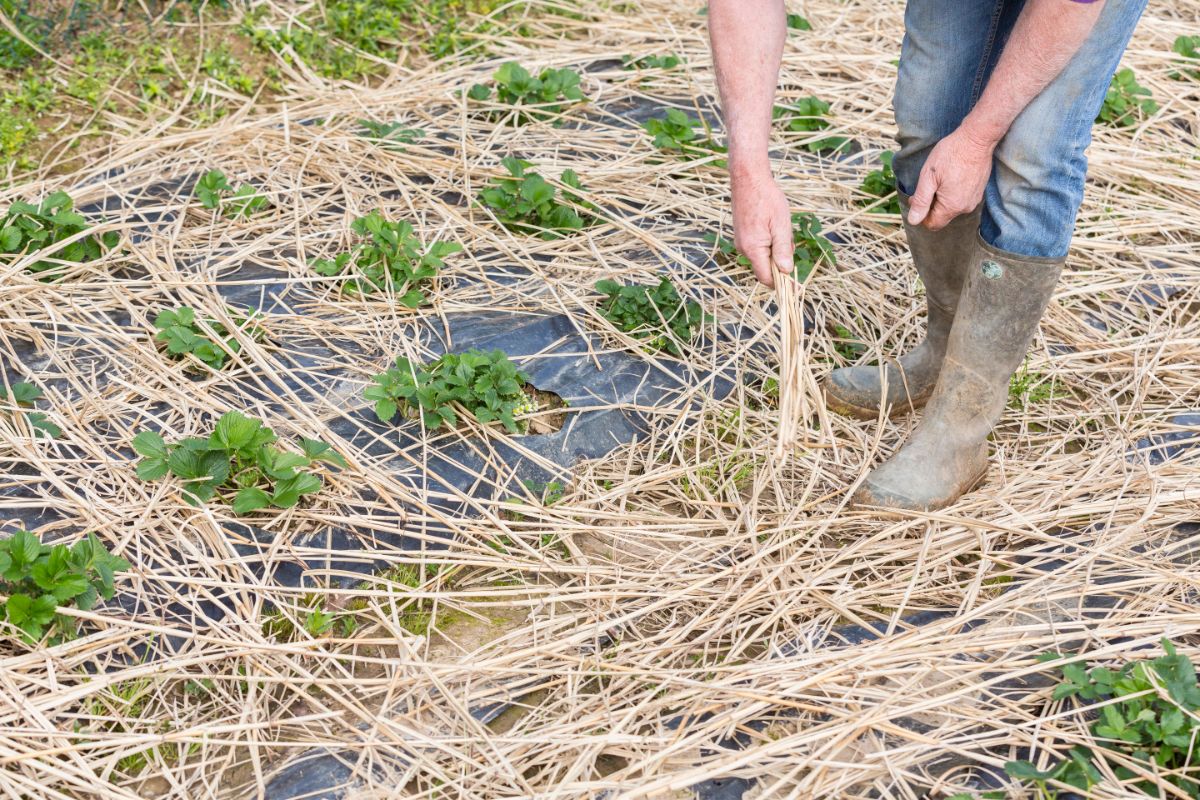
- A hay mulched rose bed.

- A hay mulched walkway in a park.
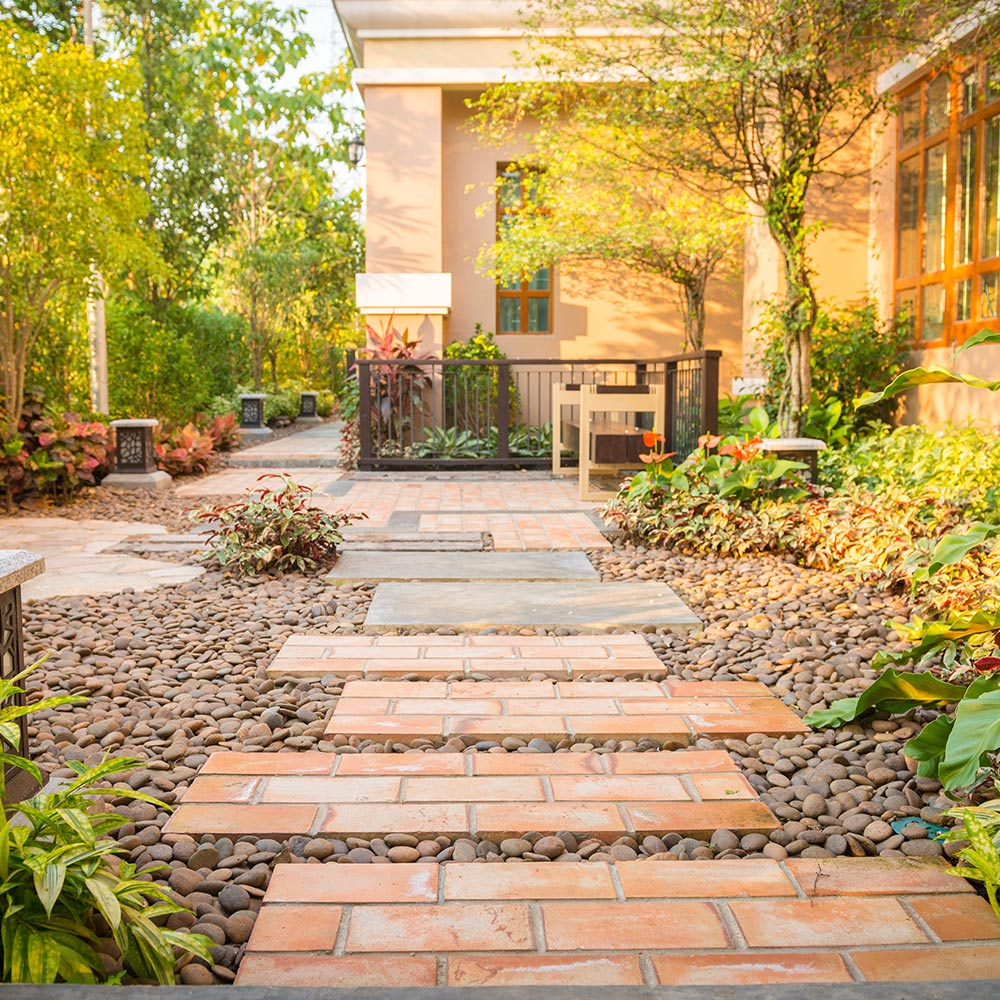
- A hay mulched area around a tree.

- A hay mulched birdbath.

Post a Comment for "Hay Mulch: The Ultimate Guide To Using Hay As Mulch In Your Garden"